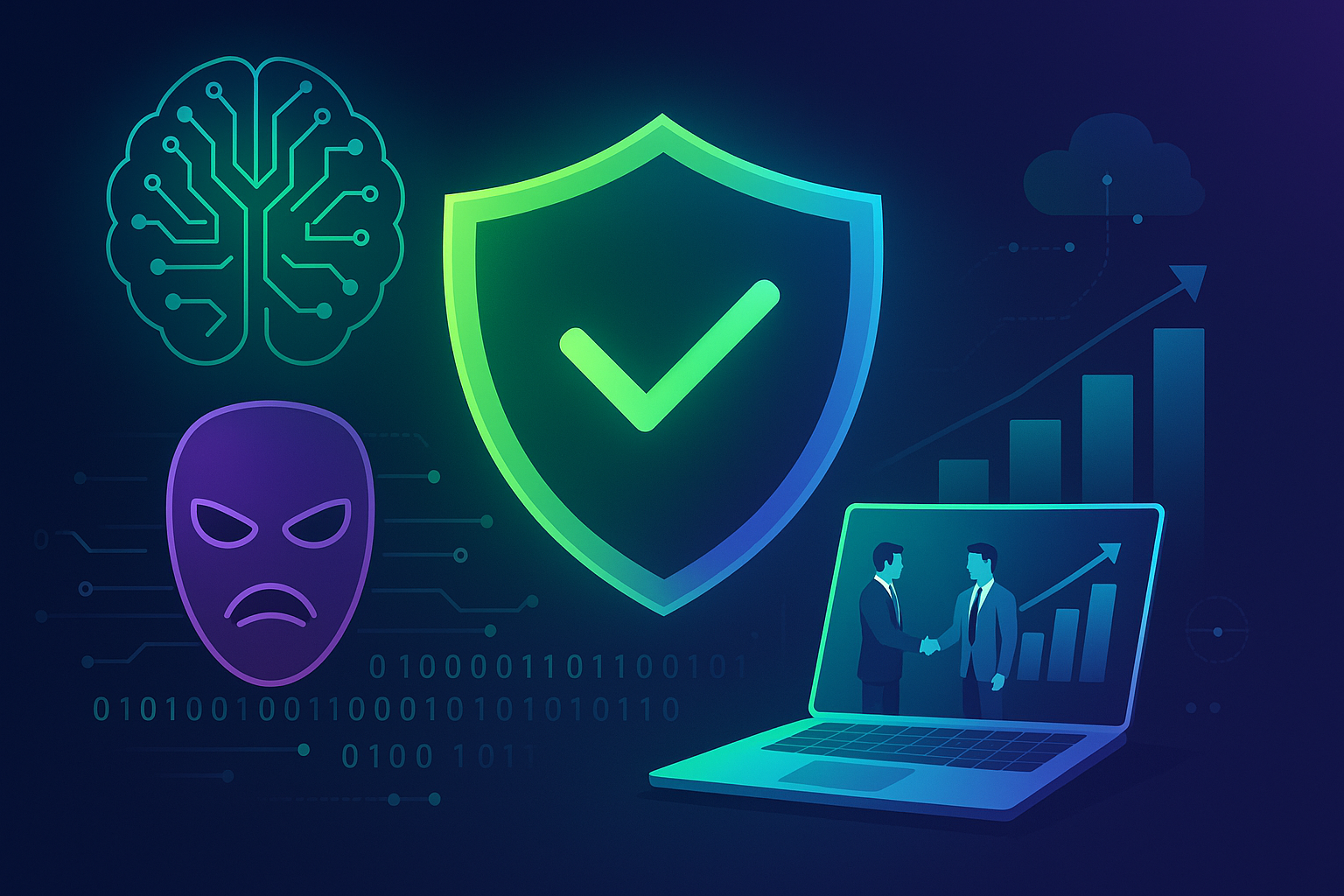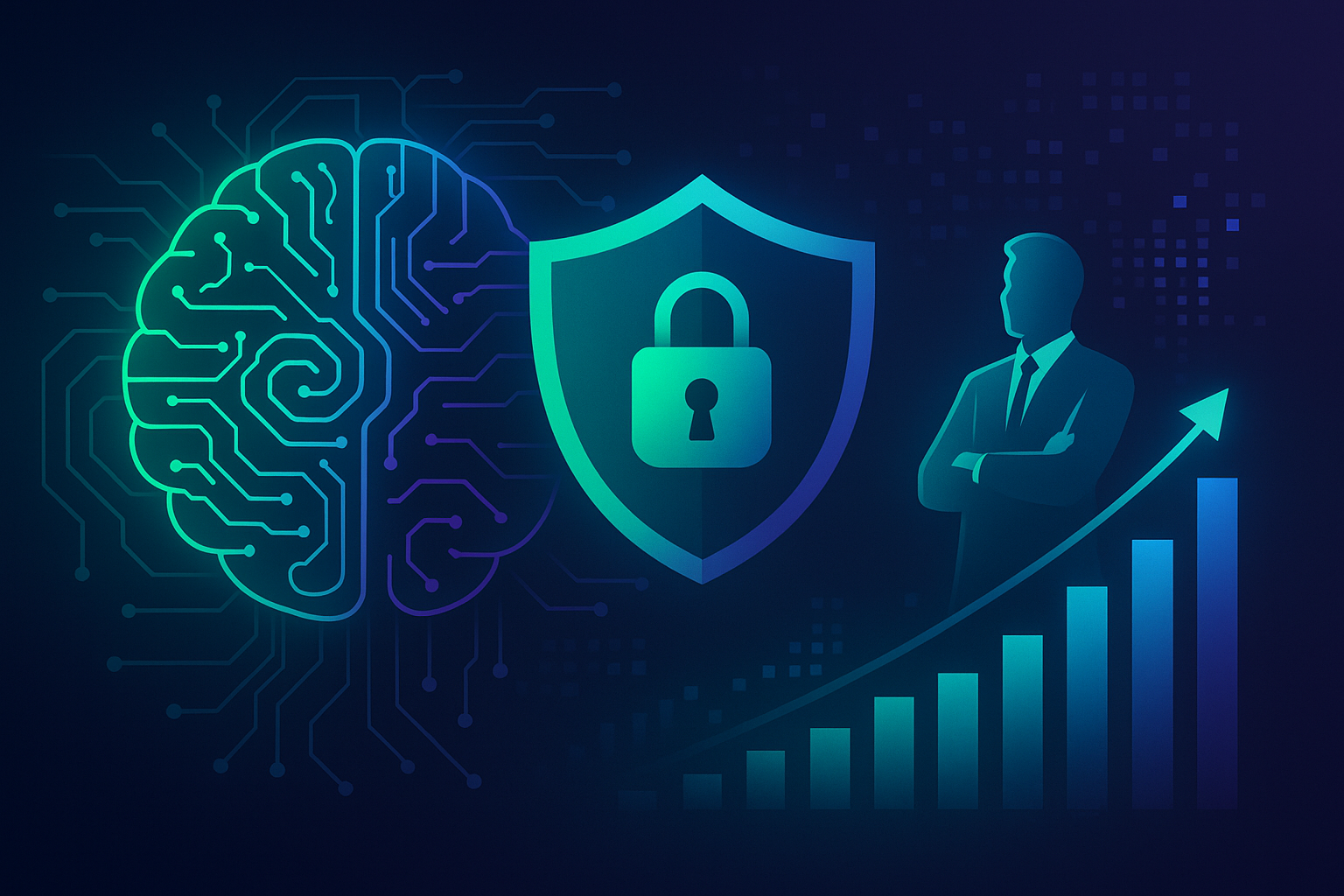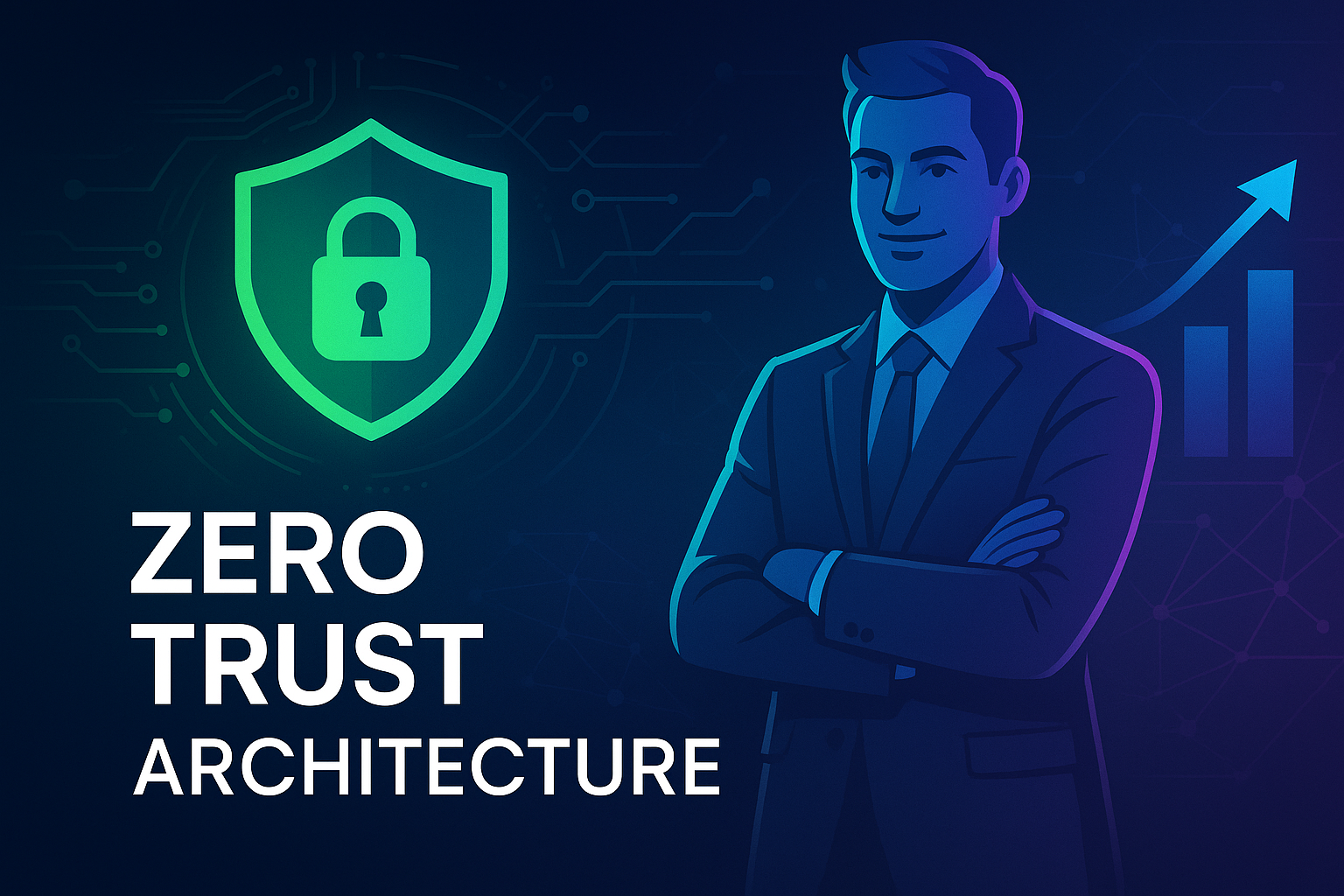60 New Malicious Packages Uncovered in Repository: What This Means for Your Business
The recent discovery of 60 new malicious packages in a widely-used code repository has sent shockwaves through the cybersecurity community. This alarming find underscores the need for robust security strategies and proactive measures to protect sensitive data and systems. In this comprehensive article, we will explore the details of this discovery, its implications, and how businesses can safeguard themselves against similar threats.
Understanding the Discovery
On July 22, 2024, cybersecurity researchers revealed that 60 new malicious packages had been identified in a popular software repository. According to The Hacker News, these malicious packages were designed to steal sensitive information, execute remote code, and compromise systems.
The Nature of the Malicious Packages
The discovered packages were crafted to look legitimate, employing names and descriptions similar to trusted libraries. This technique, known as typosquatting, lures developers into downloading and integrating these compromised packages into their projects, potentially exposing countless applications to security risks.
Potential Impact
The implications of such a breach are significant. Businesses relying on compromised repositories might unknowingly introduce vulnerabilities into their software, leading to data breaches, financial loss, reputational damage, and compliance issues. This emphasizes the necessity of stringent security protocols and continuous monitoring.
How Hodeitek Can Help
At Hodeitek, we offer a comprehensive range of cybersecurity services designed to protect your business from emerging threats. Below, we outline some of these services and how they can help mitigate risks like the one described above.
EDR, XDR, and MDR Services
Endpoint Detection and Response (EDR), Extended Detection and Response (XDR), and Managed Detection and Response (MDR) are critical for identifying and responding to cyber threats at the endpoint level. These services provide real-time monitoring, threat hunting, and automated response, ensuring that any malicious activity is quickly neutralized.
- Benefits: Proactive threat detection, rapid incident response, reduced dwell time of threats.
- Relevance to the Incident: Continuous monitoring and automated responses help detect and eliminate malicious packages before they can cause significant harm.
Next Generation Firewall (NGFW)
Next Generation Firewalls (NGFW) provide advanced filtering capabilities to protect against contemporary threats. They integrate traditional firewall features with additional functionalities like deep packet inspection, intrusion prevention, and application awareness.
- Benefits: Enhanced security, improved control over applications, comprehensive threat protection.
- Relevance to the Incident: NGFWs can block traffic associated with malicious repositories, preventing the download of compromised packages.
Vulnerability Management as a Service (VMaaS)
VMaaS involves continuous identification, classification, and remediation of vulnerabilities within your IT environment. It ensures that your systems are protected against the latest threats by regularly assessing your security posture.
- Benefits: Identifies and addresses vulnerabilities before they can be exploited, improves compliance, enhances overall security.
- Relevance to the Incident: VMaaS helps in detecting vulnerable or malicious packages within the environment, allowing for timely remediation.
SOC as a Service (SOCaaS) 24×7
Our SOC as a Service (SOCaaS) provides round-the-clock monitoring and protection of your IT infrastructure. Our team of experts uses state-of-the-art tools to detect, analyze, and respond to threats in real-time.
- Benefits: Continuous protection, quick threat detection and response, expert oversight.
- Relevance to the Incident: SOCaaS ensures that any suspicious activity related to malicious packages is swiftly identified and mitigated.
Industrial SOC as a Service (SOCaaS) 24×7
For industrial environments, our Industrial SOCaaS offers specialized security operations tailored to the unique needs of industrial control systems and operational technology.
- Benefits: Protection of critical infrastructure, tailored security strategies, real-time monitoring.
- Relevance to the Incident: Industrial SOCaaS ensures that industrial systems are safeguarded against threats from compromised repositories.
Cyber Threat Intelligence (CTI)
Cyber Threat Intelligence (CTI) involves collecting, analyzing, and disseminating information about current and potential threats. This intelligence helps in making informed decisions about defending against cyber threats.
- Benefits: Improved threat awareness, proactive defense strategies, informed decision-making.
- Relevance to the Incident: CTI services provide insights into the latest malicious package trends, helping businesses stay ahead of threats.
Data Loss Prevention (DLP)
Data Loss Prevention (DLP) solutions help prevent unauthorized access and transfer of sensitive data. They ensure that critical information remains within the intended boundaries, reducing the risk of data breaches.
- Benefits: Protection of sensitive data, compliance with regulations, reduced risk of data breaches.
- Relevance to the Incident: DLP solutions can detect and block the exfiltration of sensitive data by malicious packages.
Web Application Firewall (WAF)
Web Application Firewalls (WAF) protect web applications by filtering and monitoring HTTP traffic between the web application and the internet. WAFs safeguard applications from numerous threats, including those exploited by compromised software packages.
- Benefits: Protection against web-based attacks, enhanced application security, compliance with standards.
- Relevance to the Incident: WAFs can block malicious traffic resulting from infected packages, protecting web applications from exploitation.
Steps to Enhance Cybersecurity in Your Organization
1. Conduct Regular Security Audits
Regular security audits help identify vulnerabilities and weaknesses within your IT infrastructure. By continuously assessing your security posture, you can address potential issues before they are exploited by cybercriminals.
2. Implement Strong Access Controls
Ensure that only authorized personnel have access to sensitive data and systems. Implement multi-factor authentication (MFA) and regularly review access privileges to minimize the risk of insider threats.
3. Educate and Train Employees
Employee awareness is a critical component of cybersecurity. Regular training sessions on best practices for cybersecurity can help prevent incidents caused by human error.
4. Utilize Threat Intelligence Services
Cyber Threat Intelligence (CTI) services provide valuable insights into the latest threats and vulnerabilities. By leveraging CTI, businesses can stay ahead of potential threats and implement proactive defense strategies.
5. Deploy Advanced Security Solutions
Invest in advanced security solutions such as EDR, XDR, and Next Generation Firewalls (NGFW) to enhance your organization’s cybersecurity posture. These solutions provide real-time threat detection and response capabilities, ensuring comprehensive protection.
Conclusion
The discovery of 60 new malicious packages in a widely-used repository is a stark reminder of the evolving threat landscape. Businesses must remain vigilant and proactive in their cybersecurity efforts to protect against such threats. At Hodeitek, we offer a range of cybersecurity services designed to safeguard your organization from emerging threats. To learn more about how we can help secure your business, visit our services page and explore our cybersecurity offerings. For personalized advice or to discuss your specific needs, contact us via our contact page.
Stay ahead of cyber threats and safeguard your business with Hodeitek. Contact us today for a consultation and fortify your cybersecurity strategy against malicious attacks.






